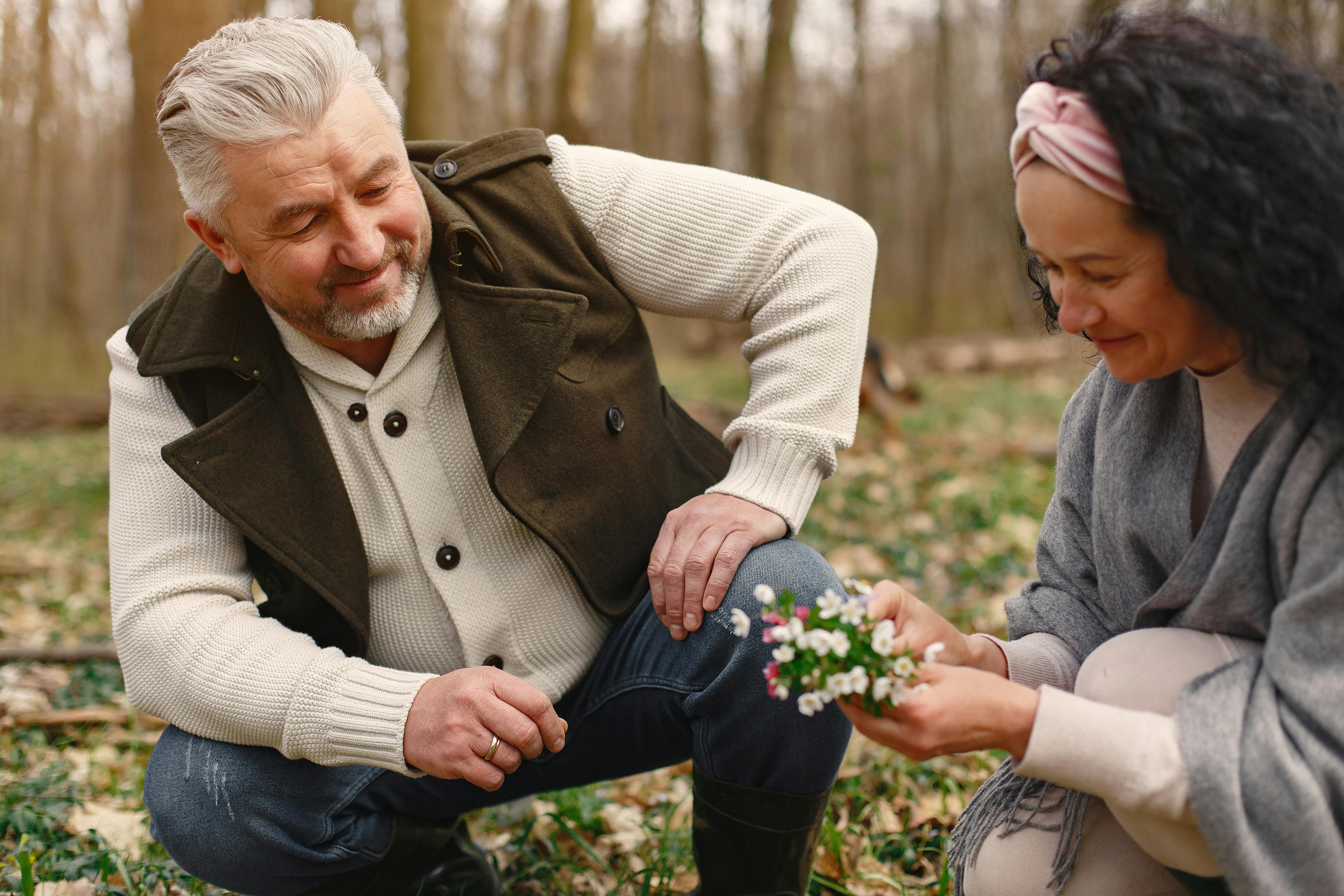
Painful hair follicles on the scalp with hair loss: causes and treatments
One of the 22 million dollar hair loss questions that accompanies a painful scalp is this: Is the condition affecting the scalp also causing hair loss, or is hair loss affecting the scalp and hair follicles and thus causing pain? I will try to answer this question in the next article.
Painful scalp problems that usually appear before hair loss: First, I will go over some conditions that often occur just before hair begins to fall out and therefore contribute to or cause hair loss. Any condition that can cause inflammation, flaking, or bumps on the scalp can also cause hair loss. Examples of such conditions are:
Common irritation or folliculitis: Sometimes over time we can develop sensitivity to harsh shampoos or hair products. Ingredients like sodium lauryl sulfate (or sls) are commonly used in these products, but they can also be extremely harmful to sensitive people. Usually you will get a rash or small red bumps for less severe cases and dark red boils for severe cases.
The first treatment for this is to stop exposing your scalp to the irritant. Then you will need to calm and heal the scalp because if you don’t, some severe cases will progress to scarring or permanent damage to the follicle. Sometimes dermatologists prescribe antibiotics in these cases, but I would use the condition here because abuse of this or over-dependence will create resistance to treatment in the future or sometimes contribute to yeast overgrowth (discussed later) . first and then becoming more aggressive if necessary.
Overproduction of the scalp: (The Yeast, Sebum, and Oil Cycle): Sometimes the scalp becomes overcrowded and produces excess oil and sebum. This, in turn, can cause the yeast to overgrow, as the yeast feeds on too much oil. Sometimes yeast is the result of yeast overgrowth internally. Some people can tolerate very little carbohydrates or foods that cause yeast. Other times, yeast is the result of reactions to antibiotics or medications.
Other times, medical problems (genetics, polycystic ovary syndrome, adrenal depletion, or too much testosterone or cortisol) can increase oil production and multiply the normal amount of yeast on the scalp. This will often present with flaking. Sometimes the flakes are yellowish in color and have a more oily texture.
Ringworm or scalp infections:Scalp infections (bacteria, ringworm, etc.) can occur for a variety of reasons. Sometimes you will find these problems in other areas of your body and sometimes not. You will often see red spots, swollen blisters, or black dots or spots. This is often accompanied by itching and pain. There are some over-the-counter products for this (many contain the ingredient miconazole), but sometimes you will need a prescription from a dermatologist. Remember also that these conditions can be contagious to other people, so you need to be aggressive when treating them.
Psoriasis and dandruff: Many people believe that these conditions are caused by a dry, flaky scalp, but the opposite is often the case. What usually happens is that there is too much oil and sebum, but the shampoos and products you are using are too harsh and drying too much. As a result of this dryness, the scalp becomes tight, itchy, and flaky. However, the scales here are usually white rather than yellow. There are many over-the-counter shampoos for this, but be careful that what you are using does not dry out your scalp or further irritate it. This is a cycle that can be difficult to stop. I often prefer natural ingredients like tea tree oil and others.
Painful hair follicles that appear after hair loss and hair loss: Burning scalp syndrome: Often, telogen effluvium (hair loss) results in a red, pink, or inflamed scalp that can be painful, itchy or tingly, and is very tight. This is often the result of the shedding process rather than a pre-existing problem with your scalp. Many hair follicles are dying at the same time, causing a reaction at the site of this loss. Also, regrowth can often cause itching and tingling.
Some dermatologist will tell you that burning scalp syndrome is psychological, but I disagree. All you need to do is observe the redness on your scalp and you will get a different answer. Once the shedding stops, so should scalp pain. It is important to do everything possible to reduce inflammation and calm, but stimulate the scalp. Again, many natural ingredients are very effective for this (oatmeal, rosemary, chamomile, etc.)